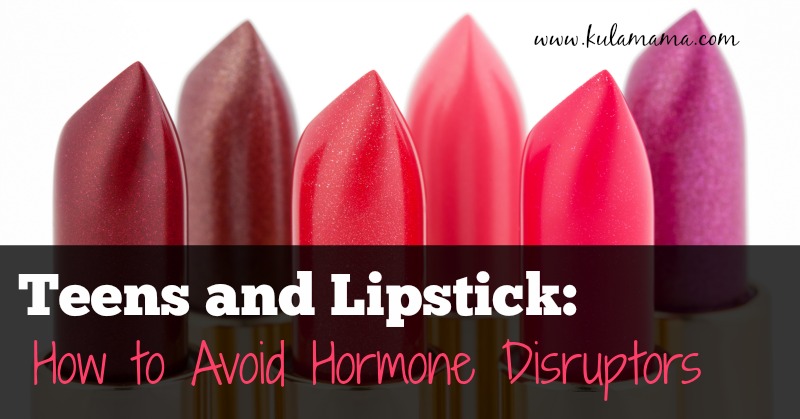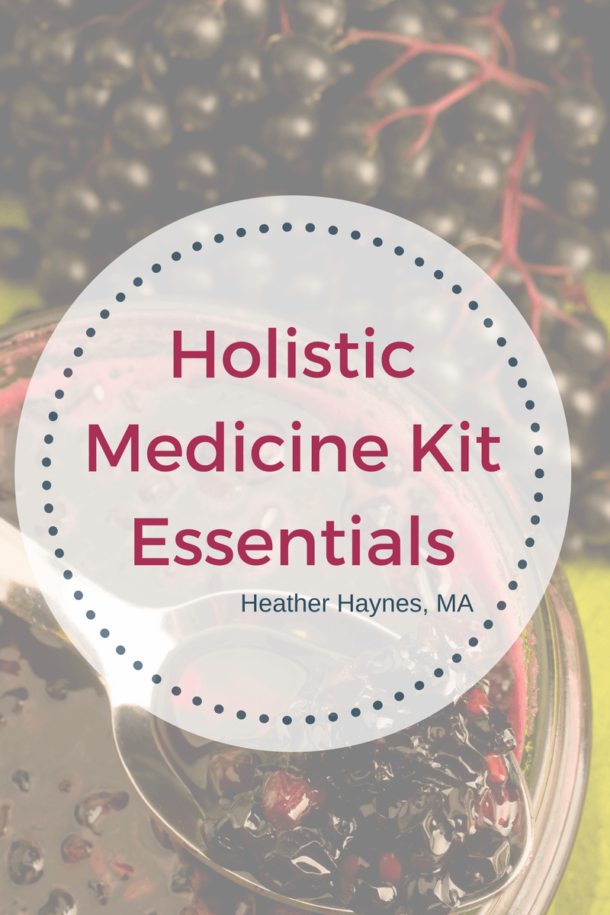I remember my strong desire to start wearing makeup as a teen. I’m sure my mom tried to hold me off from experimenting with blue mascara and Wet-n-Wild pink lips as long as possible. She knew the hot mess that would ensue as soon as I was released into the world of makeup. For the longest time I was only allowed to wear colored lip gloss at around the age of 15/16. I’m sure my mother thought this was a relatively benign choice.
From a health standpoint, she was wrong.
Because we are constantly talking, eating, drinking and reapplying our lipstick or gloss, we inevitably end up consuming a lot of our favorite shade. Estimates about how much lipstick a woman consumes during her lifetime vary anywhere from 3-7 pounds of the stuff on average. Popular lipsticks on the market today are full of questionable ingredients like synthetic flavors and fragrances–especially lipsticks and glosses marketed to teens (bubble gum flavor, anyone?). These ingredients may disrupt normal hormone function and may cause organ damage over time. When choosing a lipstick or lip gloss for your budding fashionista, avoid these ingredients:
BHA and BHT: Used to extend the shelf life of lipstick. A probable carcinogen, hormone disruptor and may even cause liver damage.
Synthetic Fragrances and Flavoring: Fragrance and flavoring are code words for over 300+ chemicals linked to hormone disruption and allergies. Avoid them.
Heavy Metals: Heavy metals like lead have been found in a wide range of lipsticks at varying levels. There is no safe level of lead exposure and even the smallest amounts can cause neurological damage in children. You won’t see lead on any product label though, lead is usually found in synthetic and mineral-based colorants used in a product. The best way to avoid heavy metals in cosmetics is to buy from a company that does independent testing.
How to Choose a Safe Lipstick for Your Teen
Make Your Own: One great way to make sure your teen is using a safe lip gloss or lipstick is to make your own. I love my homemade pretty-in-pink lip gloss recipe. It’s easy to make and you can use beet root powder to add a nice shade of pink.
Buy a Non-toxic Brand: Because of increased consumer scrutiny of cosmetic brands, some great companies have emerged in the marketplace offering safe products for our families. You can find a great list of non-toxic lipsticks from Kris Carr here. My personal favorite from the list is Beautycounter’s Lip Sheers. Beautycounter is one of the leading companies creating safe personal care products for our families. They have the strictest ingredient screen out there and it’s the only brand I use since learning about them last summer. If my daughter was old enough to wear lipstick (thankfully she’s only 3, so I have some time to get used to the idea 🙂 ), I’d suggest these two colors to ease her into the world of cosmetics safely and with style. (PS: I’d encourage her to wear these only on special occasions. For everyday use I’d suggest the pretty-in-pink lip gloss.)
Petal: Most teens love a soft shade of pink. This Lip Sheer will have you dreaming of pink lemonade and sun. You can view this pink Lip Sheer in my shop.
Twig: This soft brownish/pink Lip Sheer is neutral enough to favor all complexions and is the perfect shade for spring. You can find this brown/pink Lip Sheer in my shop.
Gloss: Add a bit of gloss to your Lip Sheer with a Lip Shine. This Lip Shine is fragranced with organic vanilla planifolia extract from Madagascar and it smells divine. And guess what? You can find this awesome Lip Shine in my shop!
Disclaimer: I’ve searched for years to find a non-toxic cosmetic company I could recommend to friends and family. Beautycounter is honestly one of a kind in both their ingredient screen and advocacy in Washington for chemical reform. Know that if you purchase any product from my shop, you keep me writing more posts like this AND you cast your vote for more safe products in the marketplace.
Now I want to hear from you! What age did you let your teen start wearing makeup and how do you protect her from the chemicals in common brands?



